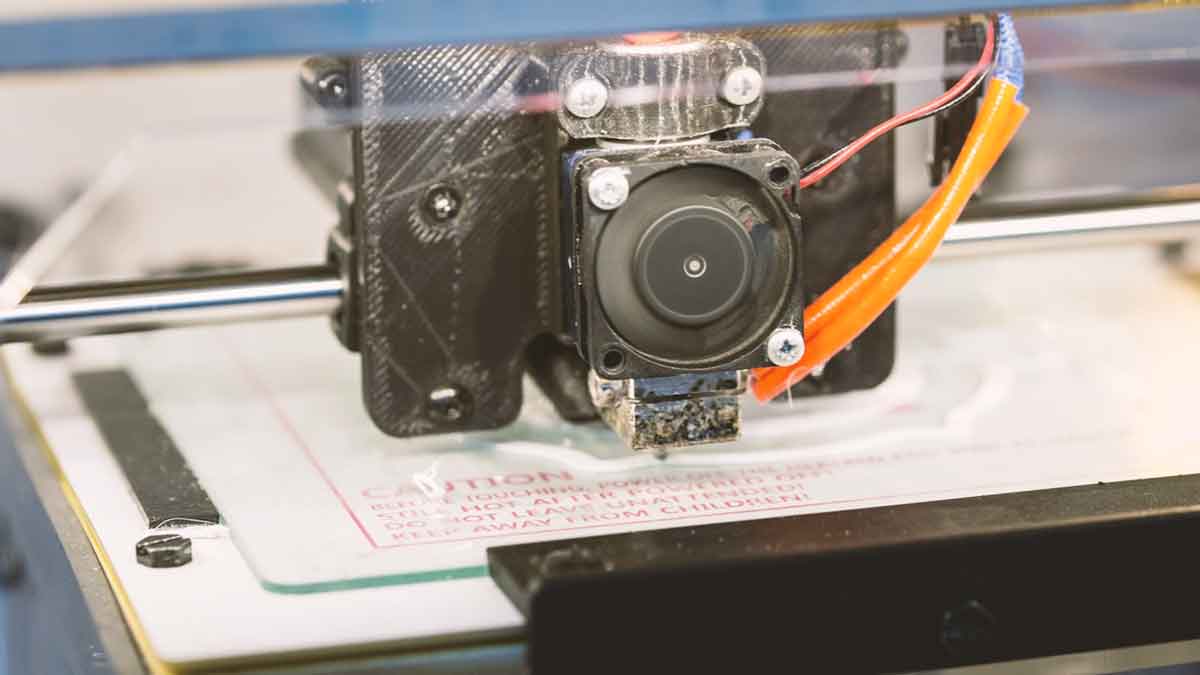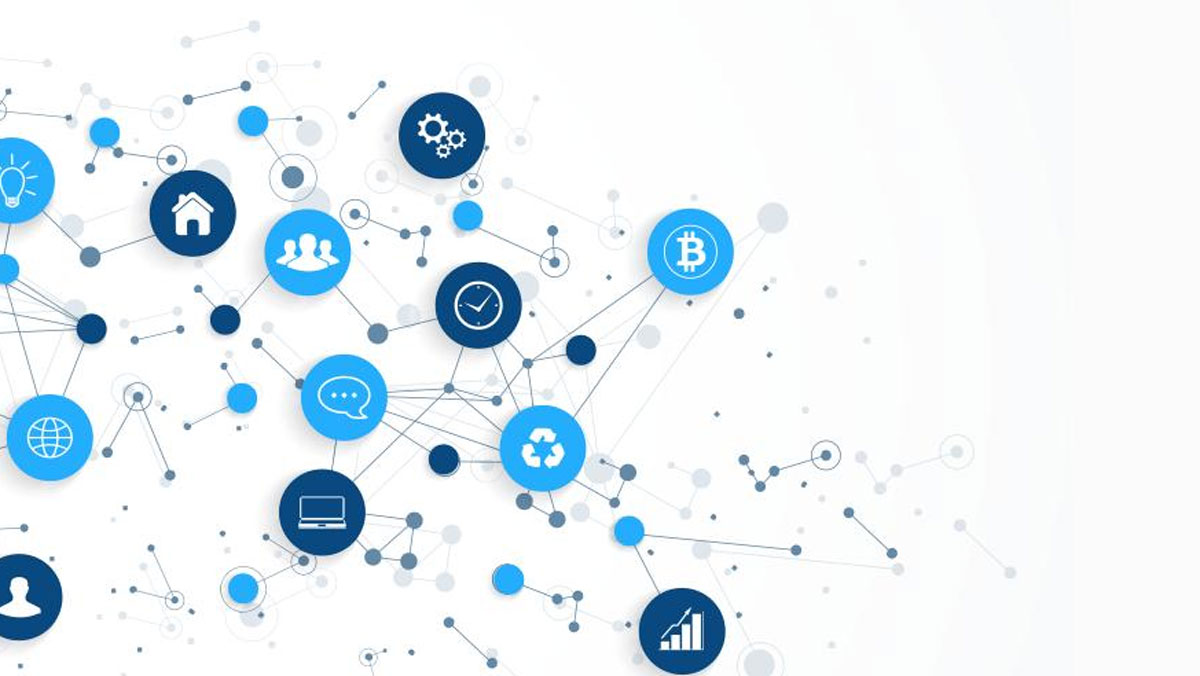The recent plunge into remote learning has created an urgent need for technology-based educational solutions. Luckily, there are many ways in which technology can enhance the remote learning experience. But before considering them, let’s have a look at how innovations improve the industry.
First of all, technology fosters student engagement, especially during remote learning. Why does it happen? Probably, because ed-tech solutions embracing a gamified approach make the learning experience more exciting. Secondly, technology enhances a feeling of connection by promoting interaction, which is incredibly important for students. Also, AI and machine learning tools used by schools help them determine students’ behavior patterns and hence, personalize educational content. In its turn, this information provides teachers with guidance materials to better address the class and leads to a better understanding of the subject by students.
Another great advantage of technology use in education is access to real-world simulations that resemble specific layouts, applications and scenarios. In fact, advanced graphics and virtual reality make training more effective since complex concepts can be taught in a simulated and immersive manner. What’s more, ed-tech solutions have a great potential to accommodate different learning styles as there is a big diversity of digital tools and resources. And last but not least, technology enables micro-skill delivery, which means that it is possible to focus on a single skill that needs to be learned by a student.
Now that you realize how beneficial technology is, let’s consider 6 main ways of using it.
Virtual reality
VR technology is probably the hottest thing in the education world. It allows students to study while interacting with a 3D world and to add experience to the instruction. This experiential learning inspires them to discover something new as it’s much more engaging than passive reading or listening. What’s more, VR technology triggers quite intensive emotional reactions that are actually fundamental to forming memories. In other words, it makes learning experiences more memorable.
Artificial intelligence
AI systems, including language learning applications, intelligent tutoring and dialogue-based systems can be used for a big variety of educational purposes. They may ensure collaborative learning, continuous assessment, self-reflection, and exploratory learning environments for students. AI also provides teachers with support, helping them to automatically generate tests, detect plagiarism, evaluate students and analyze their engagement.
Law research web services
Widespread access to the Internet has accelerated the development of writing platforms for students. There are a lot of websites offering such services as essay writing and report creation. College students turn to them in order to get help with complicated tasks and better understand tricky concepts. Once they face difficulties with, let’s say law research or thesis, they ask Studyclerk experts to complete it for them. This way, technology helps young people solve their challenges and be more productive with their studies, so they can get the most out of their education.
3D printing
3D printing is revolutionizing many industries and education is no exception. There are numerous different ways to use 3D printers in the classroom. For example, engineering students can create prototypes, while those who study architecture may print out 3D models of designs. It would be also great to produce artifacts for history classes and artwork pieces for graphic design lessons. When it comes to studying chemistry, students can use 3D models of molecules to better understand their structure. In general, 3D printing can be applied in any discipline.

Cloud computing
Cloud computing technology makes it possible for educational institutions to organize virtual classrooms. Hence, they can considerably reduce the infrastructural costs and cut the expenses of onboarding teachers. What’s more, cloud computing allows schools and colleges to collaborate with highly skilled instructors working remotely. This means that students can easily access anybody’s course content, including audio and video lessons, anytime and anywhere because the barriers of place and time no longer exist.

Social media
Social media can be used by instructors to aggregate valuable information and share it with students. They also give an opportunity for teachers to create a public profile and connect with colleagues and learners. Additionally, this is a great way to keep students engaged and to get a sense of what they are thinking about during lectures. And last but not least, social media networks maintain effective communication and collaboration.
Final thoughts
Modern technology has a dramatic impact on the educational system in general and on students’ lives in particular. It helps to improve the learning experience and boost academic outcomes. Hopefully, this article helped you to see the ways in which technology can foster the education process.
Author’s BIO
Stella Gary is an education coach and academic writer. Stella works at one of the world-leading assignment writing services for students, helping them to keep up with the studies. She believes that effective education is possible only when one has an opportunity to get personal assistance.
